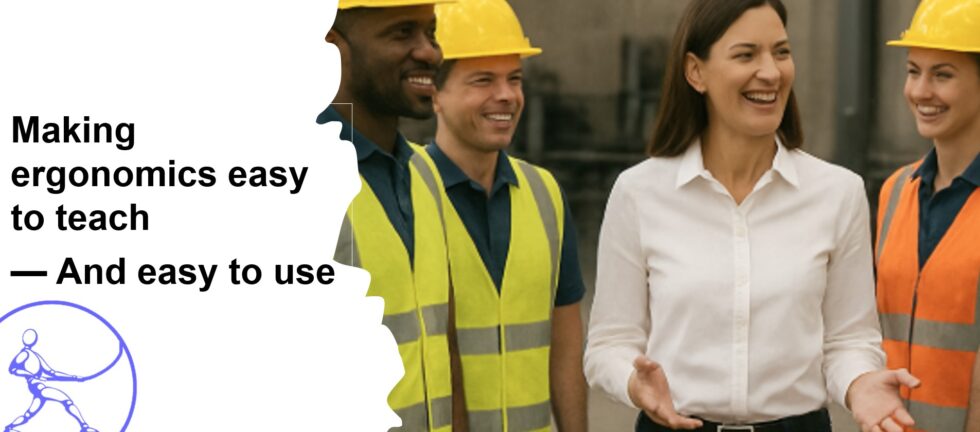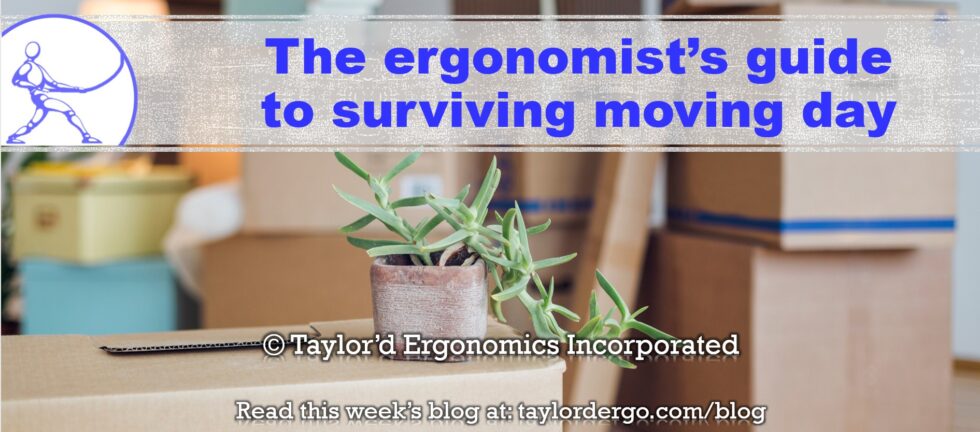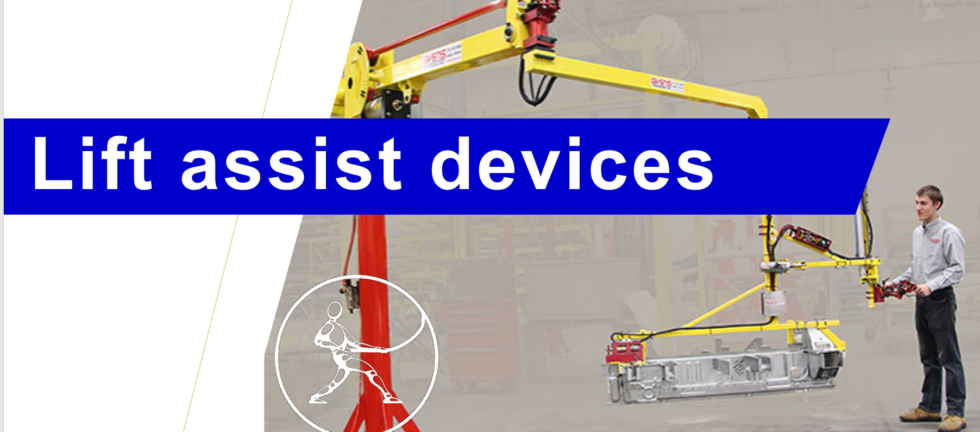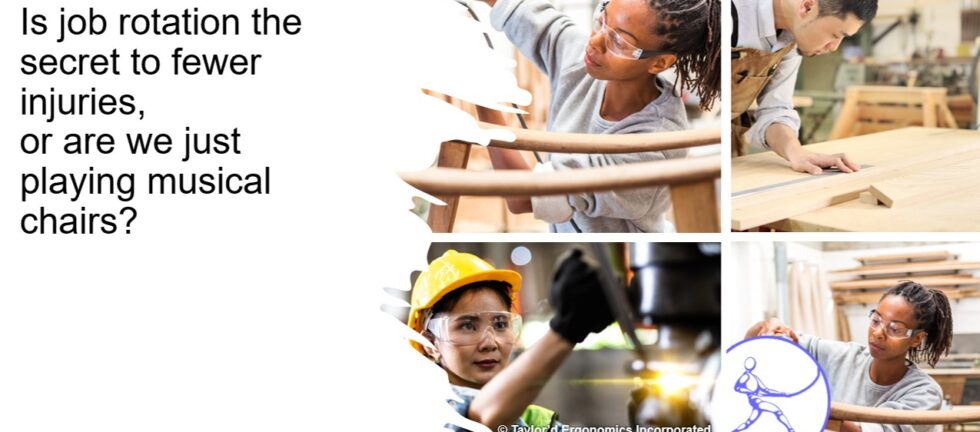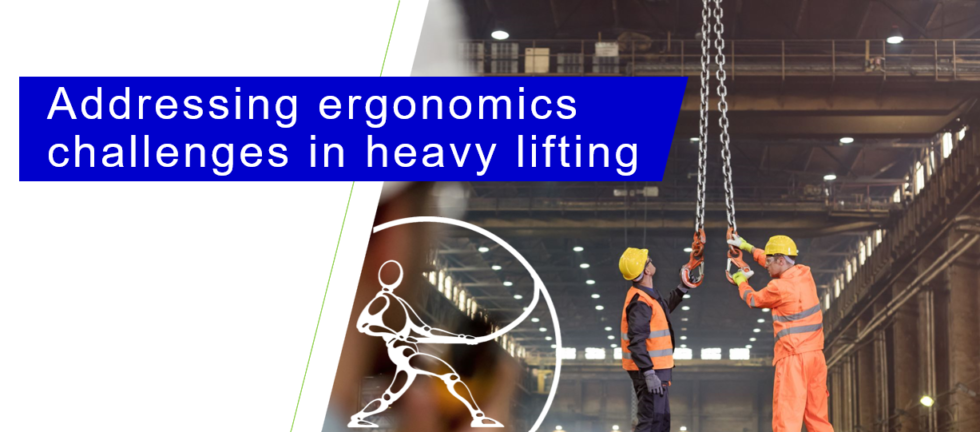Making Ergonomics Easy to Teach — and Easy to Use
Half of your workplace injuries are strains and sprains — Do half of your safety talks focus on ergonomics? Safety professionals know these injuries drain productivity, morale, and budgets. What if you had ready-to-go, interactive training kits that workers actually remembered and used — and the results were measurable? We’re so confident our microlearning kits […]


